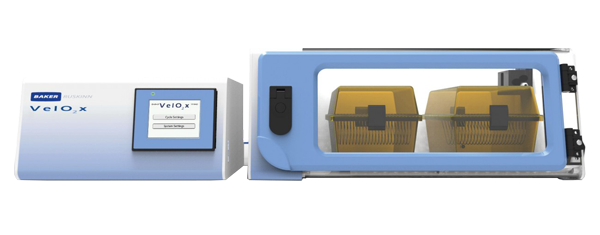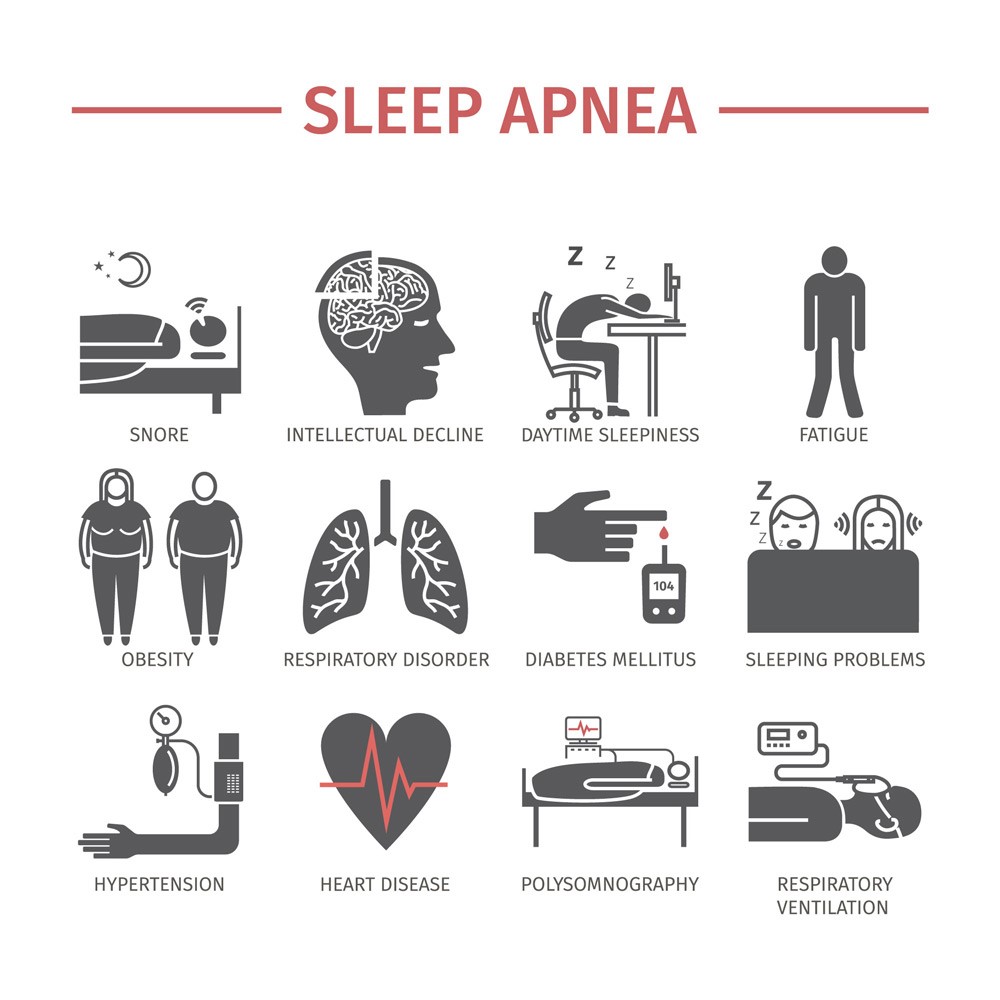System Used:

 Circadian clocks are present in most cells of the body and act to coordinate human’s daily physiology and behavior with the environment. This is important as circadian misalignment between the bodies clock and the environment has been connected to various pathologies.
Circadian clocks are present in most cells of the body and act to coordinate human’s daily physiology and behavior with the environment. This is important as circadian misalignment between the bodies clock and the environment has been connected to various pathologies.
Here, a group from Israel has shown that circadian misalignment can also occur between clocks of different peripheral tissues (across various organs) following exposure to hypoxia and that stems from the differential response of core clock components to hypoxia. The research team further demonstrates that inter tissue circadian misalignment also occurs upon intermittent hypoxia, a model for obstructive sleep apnea (OSA). These discoveries underline the role of internal circadian misalignment in the physiology of OSA and potentially other hypoxia-related diseases.
Major findings include:
- The transcriptional response to hypoxia Is dependant on time of day and seems to be tissue specific.
- The time dependent response to hypoxia can be a response to environmental changes or driven by the circadian clock.
- Tissue specific and time of day dependent response to hypoxia within core clock components is regulated from gene transcription to protein accumulation and localization.

**Of note: the group here did use the VelO2x animal hypoxia system to subject the rodents (mice in this case) in the study to both continuous and intermittent hypoxia scenarios. The simple to use system has been designed with animal safety in mind and is the perfect tool for a wide array of short- and longer-term studies.
